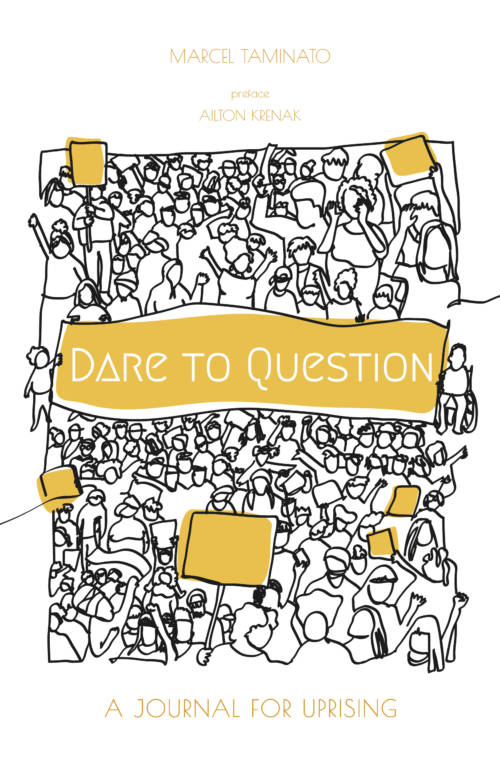Breathing 1 – Abdominal Breathing Process
Breathe deeply and center yourself, letting go of all worries and thoughts. Abdominal breathing can be practiced lying down on your back, sitting down or while standing. Lie down. Separate your legs slightly and let the feet fall to the sides. Interlock the fingers and place the hands on your abdomen, palms facing downwards. Make a conscious effort to inhale deeply, so that your abdomen starts to expand and your fingers separate. Allow your abdomen to expand as much as possible. As you begin to exhale, apply gentle pressure on your abdomen with your hands, pushing it downwards. Exhale fully. The secret to good breathing is in proper exhalation. With better exhalation, your inhalation will also get better. Repeat this process several times. When you feel comfortable, take full abdominal breaths without using your hands. And make your breath long and smooth, for both inhalation and exhalation.
Breathing 2 – Breathing in Calm Process
To begin, sit still and tall somewhere comfortable. Close your eyes and begin breathing through your nose. Then, inhale for a count of two… hold the breath in for a count of one… exhale gently, counting out for four… and finish by holding the breath out for a count of one. Keep your breathing even and smooth.
If the 2 – 4 count feels too short try increasing the breath lengths to 4 in and 6 out, or 6 in and 8 out, and so on. But if longer breaths create any anxiety there is no need to push yourself. The most important thing is that the exhale is longer than the inhale, not the absolute length of the breath. Set a timer and breathe this way for at least five minutes. You will see a difference in your mood.
Breathing 3 – Breathing in Nature Process
Nature is a great resource for healing and grounding. With feet on the ground, breathe in deeply imagining that your feet are long roots running into the earth. Breathe in earth energy; breathe out stress, tension and pain. Slowly focus on tensing and relaxing each muscle group for two to three seconds each. Start with the feet and toes, then move up to the knees, thighs, rear, chest, arms, hands, neck, jaw and eyes — all while maintaining deep, slow breaths. Take a moment to listen to the sounds of nature while slowly bringing yourself back into the present, slowly and gently opening your eyes when you’re ready.
Breathing 4 – Oxygenating your body Process
Stand with your feet firmly on the ground. Raise your arms in the air. Take a deep breath in. As you lower your arms breathe out in a vigorous manner, your elbows coming in close to the side of your body. Repeat in cycles of 8. This exercise causes a rapid intake of oxygen and could result in mild dizziness as a result.
Breathing 5 — Butterfly Hug
The butterfly hug is a self-soothing technique that can help manage feelings of overwhelm and help us feel safe.
- Hook your thumbs together with your palms facing your chest like a butterfly.
- Lightly tap your fingers onto your chest, back and forth, one hand (or “butterfly wing”) after the other. You can close your eyes or just lower your gaze.
- Continue tapping while you bring attention to your breath. See if you can deepen and lengthen your breath.
- Notice any feelings or thoughts that come up.
Why Breath Matters
Breath is the source of life, bringing fresh energy into the tissues and cells to nourish the body, mind and the whole person. When we breathe out, accumulated stress and toxins are released. Breathing through a stressful time is an effective way to let go of the tension that accumulates in the body. A few long deep breaths at a difficult moment can completely change the way we handle a situation. Breath-work combined with images of light or nature can promote feelings of peace, calm and focus. Simple breathing exercises are calming for both the nervous system and the overworked mind.
Make your exhale longer than your inhale, so the vagus nerve (running from the neck down through the diaphragm) sends a signal to your brain to turn up your parasympathetic nervous system and turn down your sympathetic nervous system.
The sympathetics command your fight or flight response, and when they fire, your heart rate and your breathing speed up, and stress hormones like cortisol start pumping through your bloodstream, preparing your body to face a threat.
If the threat is, “A lion is chasing me and I need to run away,” this is helpful. If the threat is, “I am late for work” or, “I’m so upset with my colleague” this is not particularly helpful, and in fact it can be damaging – when cortisol is elevated for too long or too frequently it disturbs all the hormonal systems of the body.
The parasympathetics, on the other hand, control your rest, relax, and digest response. When the parasympathetic system is dominant, your breathing slows, your heart rate drops, your blood pressure lowers as the blood vessels relax, and your body is put into a state of calm and healing.
